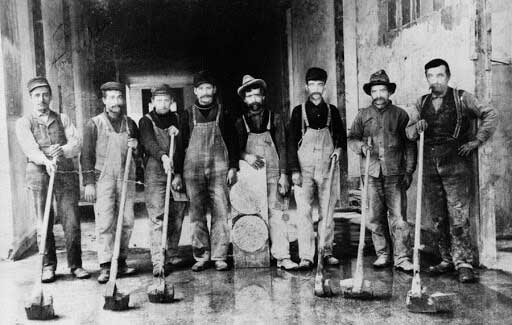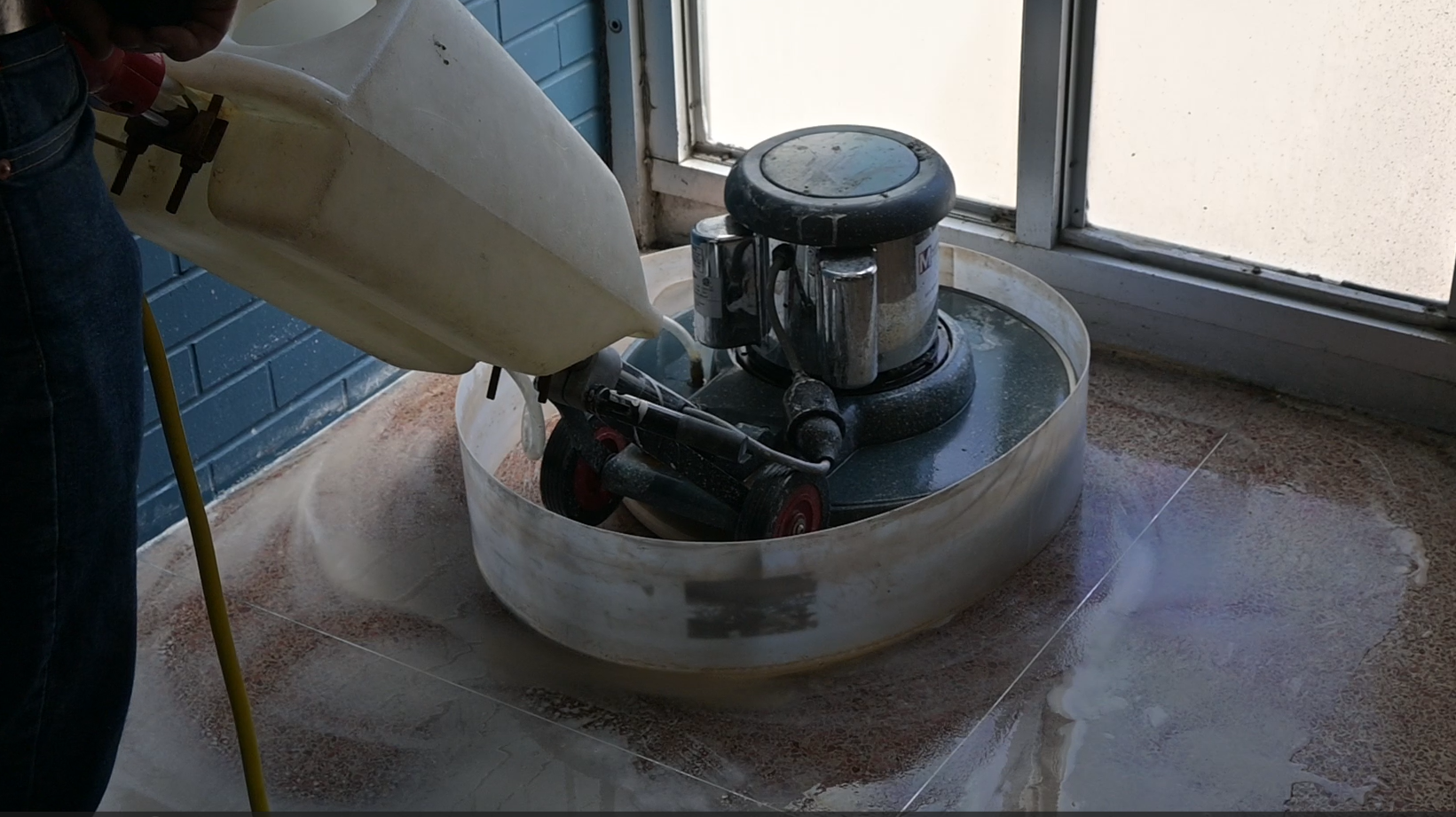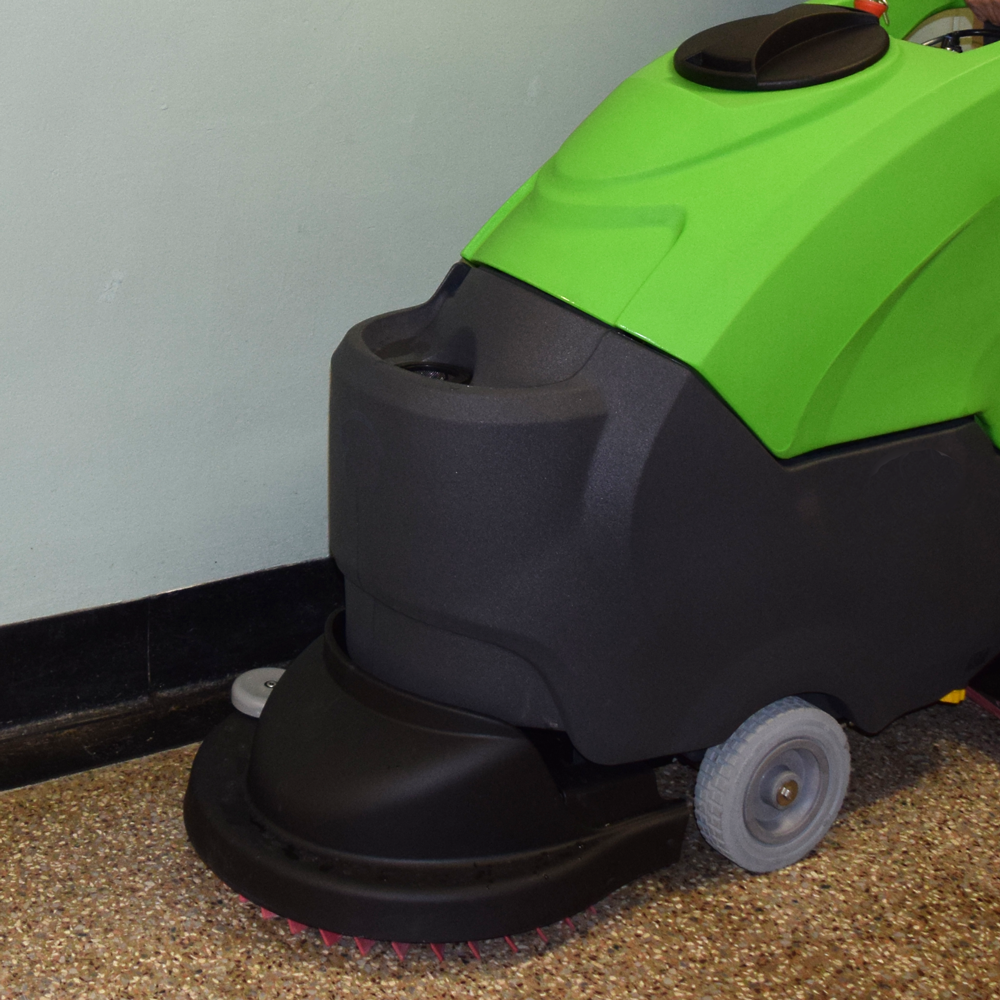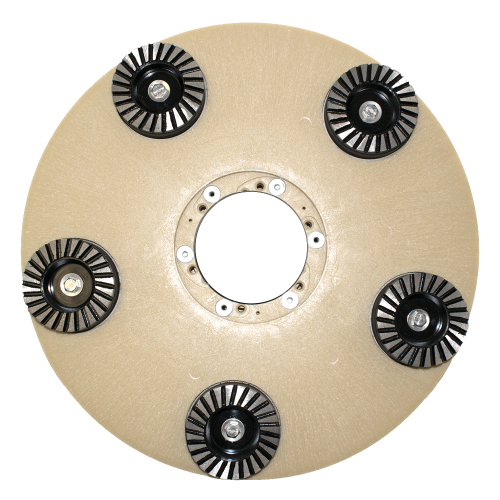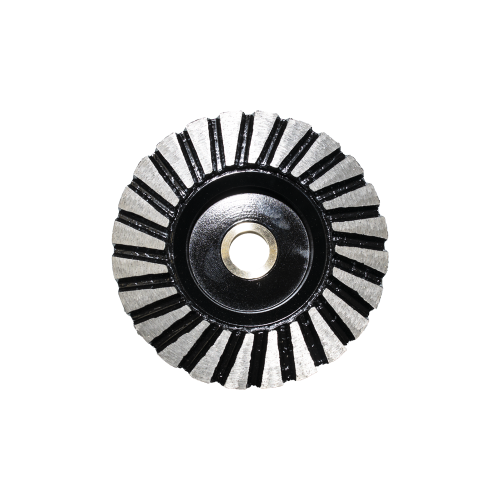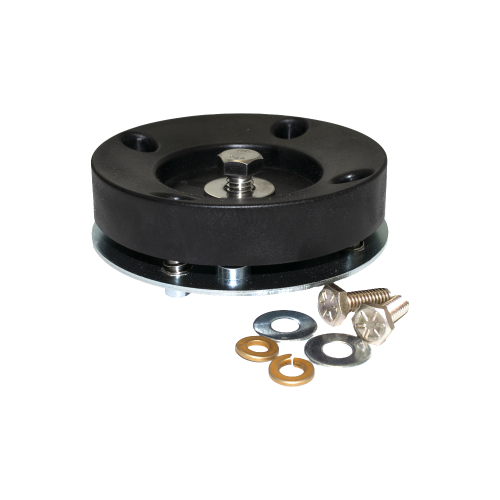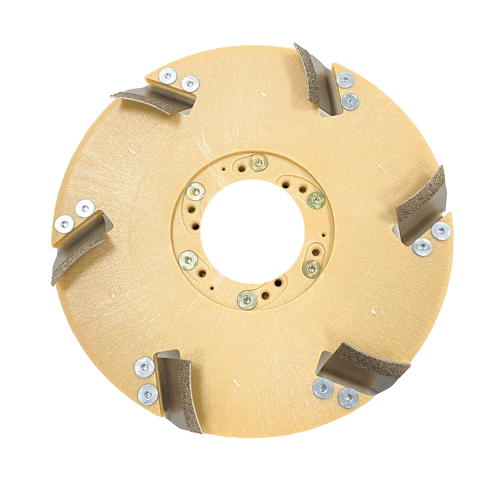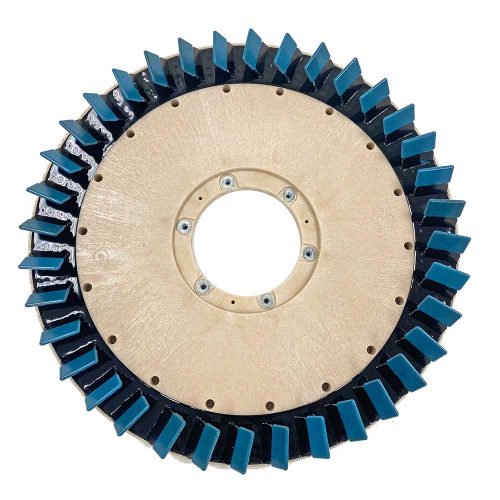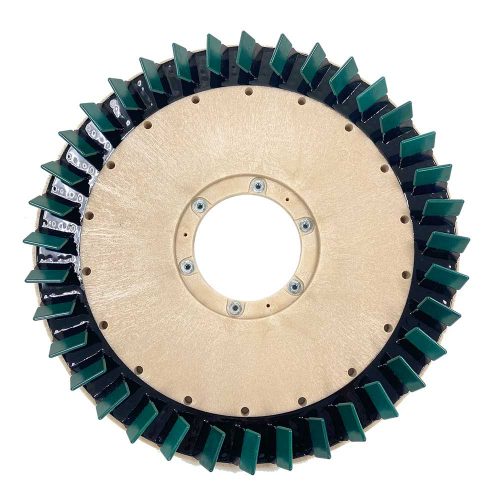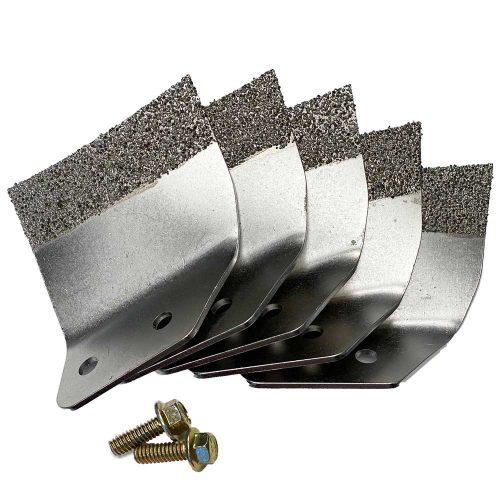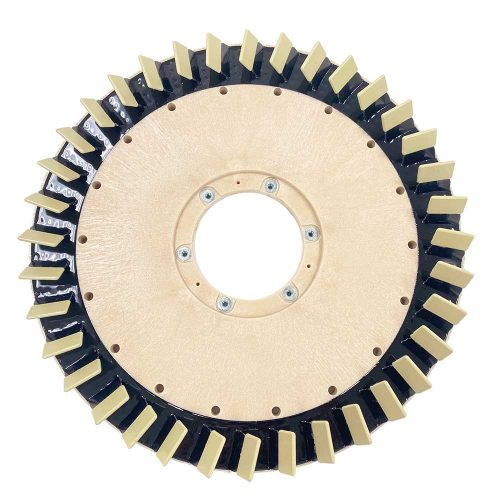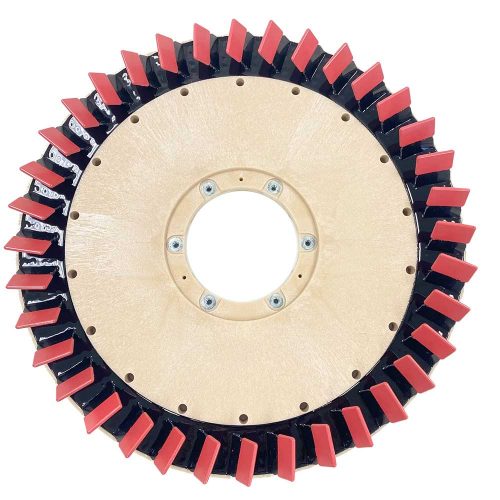
History of Terrazzo Floors
Terrazzo is a flooring material with a rich history that dates back over 500 years. The technique we know today was originally used by Venetian workers who saved scrap marble fragments from upscale projects and combined them in a clay mortar base for their own residences and terraces. The generic form of terrazzo was created by bonding pieces of stone to a cement bed.
Terrazzo was introduced to the United States in the late 1890s, but it didn’t become popular until the 1920s due to the invention of divider strips which helped to prevent and contain cracking. This allowed for greater design flexibility and enabled terrazzo to be used on larger areas. Then, with the introduction of grinding machines, installation times were reduced, making terrazzo a more affordable flooring option.
Terrazzo’s popularity soared in the Art Deco style of the 1920s to 1940s, and the National Terrazzo and Mosaic Organization was formed in 1931 to further professionalize the practice of terrazzo installation. Today, terrazzo remains one of the most durable and cost-effective flooring finishes available, and its popularity is once again on the rise.
Why Polished Terrazzo Is A Popular Choice
- Terrazzo is extremely durable – If your floor has heavy foot traffic or takes a beating, terrazzo is a great option.
- Terrazzo cleaning is low maintenance – Once brought up to a polished level, terrazzo floor polishing maintenance is easy using your standard floor equipment with The Diamond Devil® Red Shine Tool and only water as part of the daily/weekly maintenance program.
- Increased Slip Resistance – Transitioning terrazzo from waxed to chemical-free polishing with The Diamond Devil™ System, and maintaining it with the +1 Red Shine Tool, continuously hones the surface, tightening pores to enhance slip resistance, image gloss, clarity, and Distinctness of Image (DOI).
- Shine without wax – Floors no longer require any type of coating to produce a shine. (No more stripping and waxing!)
- Important to note: Anytime a coating is added to terrazzo floors, such as wax, it reduces the natural slip resistance, leaving staff, students, and customers more prone to slips and falls.
Determine If the Terrazzo is Cementitious or Epoxy Based
Before polishing terrazzo it’s important to identify whether your terrazzo is cementitious or epoxy based:
- Date – One of the most straightforward ways is to consider the installation date. If the terrazzo was laid before the 1960s, it is more likely to be cement-based or cementitious. However, if it was laid after the 1960s, it could be either cementitious or epoxy-based, and further inspection may be necessary to determine the exact material installed.
- Color and Material – If the terrazzo has shiny, reflective particles, vibrant colors, or intricate artwork, then it’s most likely epoxy-based. Aggregates such as glass, mother of pearl, seashells, or plastic are found only in epoxy-based flooring.

- Size of Grids and Shapes – If there are large slabs between grid strips or curved shapes and patterns in the terrazzo floor, it’s probably epoxy-based terrazzo. Due to the properties of cement and its curing process, it is generally advised to maintain a maximum distance of around four feet between grid placements to minimize the risk of cracking.
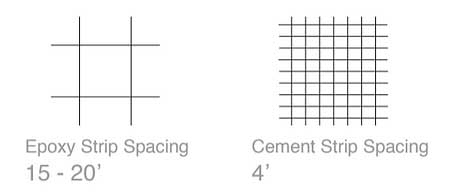
- Peroxide Test – Try applying a small amount of peroxide to an inconspicuous area. Proceed to scratch off all the wax to get to the cement or epoxy. If the surface bubbles, it is probably cementitious terrazzo.
Before starting any terrazzo polishing project, we strongly suggest working with one of our Diamond Devil® specialists.
The Diamond Devil® Concrete and Terrazzo Restoration & Polishing System
Innovative Patent Pending System – what sets Diamond Devil® apart from other systems on the market today for terrazzo polishing
- 2 steps vs. typical 6-step polishing process, saving time – to reach a standard level of polish
- Next generation system’s +1 (Red) Shine Tool takes the finish a step beyond to an unmatched image gloss level and DOI (Distinctness of Image) – using standard floor equipment
- Chemical-free: works using only water
- Works on standard floor equipment – swing machines, walk behinds, auto scrubbers
- Permanent blades that are precisely designed and angled, so there is no need to stop and replace worn blades
- No pre-use blade hydration is required, and no worries about snapping or breaking blades
*NOTE: The Diamond Devil® Polishing system is not recommended for use on epoxy-based terrazzo.
Before starting any terrazzo polishing project, we strongly suggest working with one of our Diamond Devil® specialists.
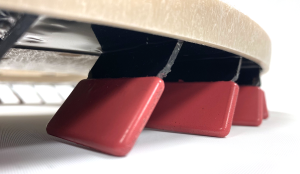
Equipment
Diamond Devil® Tools are uniquely designed to be used on your existing standard floor equipment instead of renting costly, heavy grinders for coating removal or terrazzo polishing.
Diamond Devil® Tools
Diamond Devil® Polishing Tools are part of an innovative terrazzo floor maintenance system that works on most standard floor machines, delivering superior results in less time, saving more money. Achieve remarkable results with the chemical-free, patent pending Diamond Devil® System.
For those currently using, or looking for, a diamond pad or floor polisher pad system that requires chemicals to be stripped and reapplied—or that needs a floor burnisher to pop the shine—The Diamond Devil® System offers a high-performance alternative that requires fewer steps, eliminates chemicals, and delivers superior results compared to traditional diamond pad systems.
What sizes are available
Diamond Devil® Tools are available in sizes 12″ through 20″ block diameters and fit most standard floor machines.
What size tools to order
Auto Scrubbers will require the same size Diamond Devil® Tool as the pad driver size recommended for the machine.
For Standard Single Disc or low-speed electric floor machines, Diamond Devil® tools can be sized up one size from the recommended pad driver size and ordered with a 1-½” riser to accommodate edging.
It’s important to note that The Diamond Devil® Polishing tools are directional, meaning they either go Clockwise (CW) or Counter-Clockwise (CCW). It’s imperative that the tools are mounted correctly to avoid possible tool or floor machine damage. Install the tools on your machine in the correct direction – ensure the tools are mounted correctly onto the machine from the operator’s view. Once the rotation is determined, the operator should reference the label printed on top of the tool that specifies if the tool is Clockwise (CW) or Counter-Clockwise (CCW). Typically, low-speed electric floor machines use counter-clockwise (CCW) brushes/tools. However, there are a few types of single disc floor machines that are clockwise (CW), so it is suggested to confirm the rotation of the machine before mounting the tool.
For dual-headed auto scrubbers, typically one side spins counter-clockwise (CCW), and the other side spins clockwise (CW).
How to know when blades are worn out
Blade wear can be affected by the condition of the floor. As you proceed through the steps when using Diamond Devil® terrazzo polishing tools, if there’s noticeable wear on the blades, check for the black wear indicator coming through on the blade as shown in the example below:
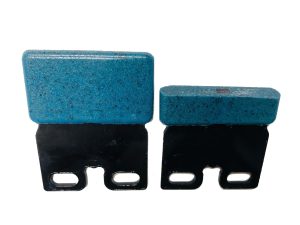
If the black wear indicator is visible, make sure to order a new tool. When using the maintenance tool, check wear weekly to ensure the tool is operating at its best.
Terrazzo Polishing
How to Use The Diamond Devil® Polishing System
It is important to know if the terrazzo is cementitious or epoxy based. The Diamond Devil® System is not recommended for use on epoxy-based terrazzo flooring. For cement-based (cementitious) terrazzo, it’s necessary to determine what is on the terrazzo and how it is being maintained currently. For example, if the terrazzo is being stripped and waxed annually, it is necessary to complete one last chemical strip, then start with the Green Hone Tool in the Diamond Devil® System.
Before starting any terrazzo polishing project, we strongly suggest working with one of our Diamond Devil® specialists.
It is recommended that 6 passes are done with each tool in the system: Hone and Polish. Use the +1 Red Shine Tool to elevate the image gloss level beyond industry standards.
The Diamond Devil® Polishing system is not recommended for use on epoxy-based terrazzo.
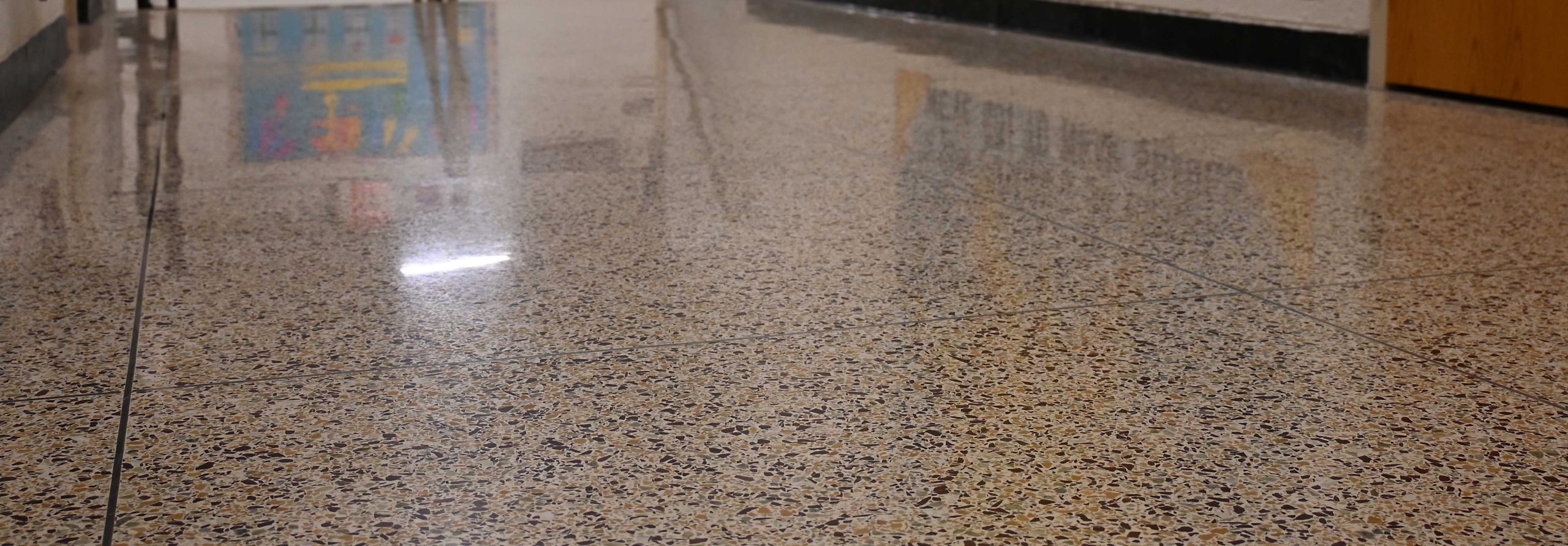
The Diamond Devil® System’s Terrazzo Polishing Approach – starts with:
|
|
|
 |
|
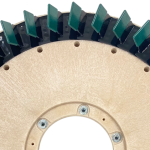 |
|
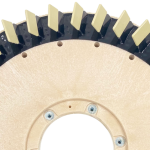 |
|
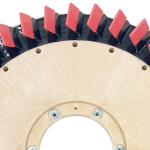 |
See average cost savings by eliminating costly annual stripping and waxing projects—make the switch today and watch the savings add up!
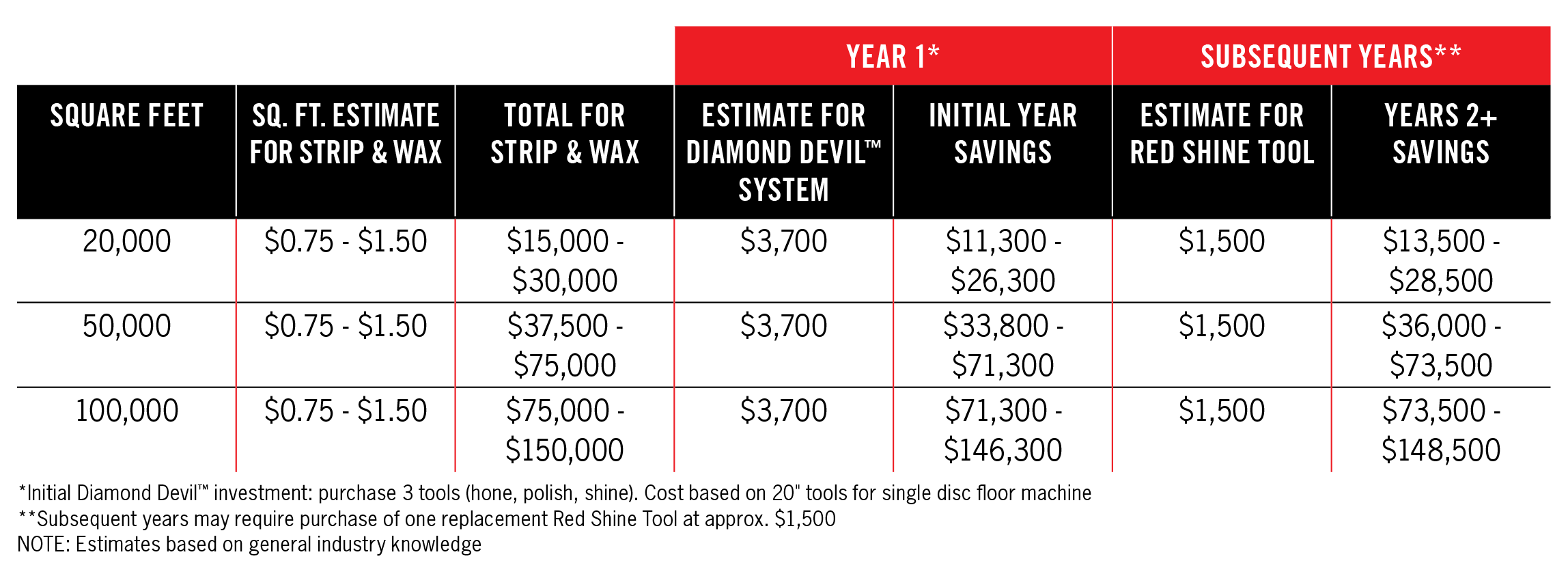
How to reach the edges of terrazzo floors
Edges only can be done using a low-speed electric floor machine (buffer type) because tools can be oversized to extend outside the machine deck, which cannot be done with an auto scrubber.
Oversizing tools for floor machines require a riser
For example:
- Use a 17″ tool with a 1-½” riser and clutch plate for a 17″ deck floor machine
- Use a 20″ tool with a 1-½” riser and clutch plate for a 20″ deck floor machine
How to make terrazzo floors shine – The Diamond Devil® Terrazzo Restoration and Polishing System uses a progression of tools, Hone and Polish, that produce an even “standard” satin/polished finish. The optional +1 Shine Tool elevates the finish a step beyond, to an unmatched superior image gloss level and clarity.
Note: All Diamond Devil® Tools are used on a standard floor machine or auto-scrubber.
COMMONLY ASKED QUESTIONS:
How long does it take to restore (hone) and polish terrazzo floors?
The time required to restore and polish terrazzo floors varies depending upon the floor’s condition, as well as the square footage. If the terrazzo is free of coatings and wax, then start with the Green Hone tool. If not, then one last chemical strip is required. We recommend using the Mal-Grit Xtra™ stripping brush. The Diamond Devil® Terrazzo Restoration & Polishing System is 2 steps -vs- the typical 6-step polishing processing. Less steps, less time on the floor, saves time and money.
Before starting any terrazzo polishing project, we strongly suggest working with one of our Diamond Devil® specialists.
Should I use densifier?
Densifier can be used but is not necessary when using the chemical-free Diamond Devil® Terrazzo Restoration and Polishing System.
Can I use cleaners with the Diamond Devil® System during daily maintenance?
For terrazzo cleaning and terrazzo polishing when in daily maintenance mode, yes, a neutral cleaner can be used, but we recommend using only water with the chemical-free Diamond Devil® Polishing System.
How does The Diamond Devil® System compare to a Diamond Pad or Floor Polisher Pad?
The Diamond Devil® System outperforms traditional diamond pad and floor polisher pad systems for cementitious terrazzo floors that must be maintained with costly wax and sealers. The Diamond Devil® System requires significantly fewer steps and eliminates the need for ongoing chemical coatings. Unlike other systems that depend on chemical topicals to achieve and maintain a temporary high shine, Diamond Devil® uses only water during the polishing and maintenance process—no harsh chemicals or coatings are required. For cementitious terrazzo floors that have been routinely stripped and waxed, the Diamond Devil® System can be introduced after one final strip. From there, the system transforms the surface to a highly polished finish using innovative diamond tools that mechanically hone and polish floors using water only.
Maintaining a highly polished floor is simple using the system’s +1 Red Shine Tool for daily/weekly maintenance. You can clean and sustain a high-gloss finish and DOI in one step—without relying on chemical applications for the life of the floor. This makes Diamond Devil® a smart, long-term solution for terrazzo floor maintenance and terrazzo floor polishing.
Sources:
- https://www.ncterrazzo.com/terrazzo-past-and-present-the-history-of-terrazzo/#:~:text=The%201960s%20and%201970s%20brought,installs%20have%20been%20epoxy%20terrazzo.
- https://en.wikipedia.org/wiki/Terrazzo#:~:text=Terrazzo%20was%20first%20introduced%20in,large%20expanses%20we%20see%20today.
- https://www.terrazzorestorationblog.com/the_history_of_terrazzo/
- https://terrazzco.com/what-is-terrazzo/
- https://ntma.com/history-of-terrazzo/
- https://www.scsiga.com/post/thin-set-epoxy-terrazzo-vs-cementitious-terrazzo
